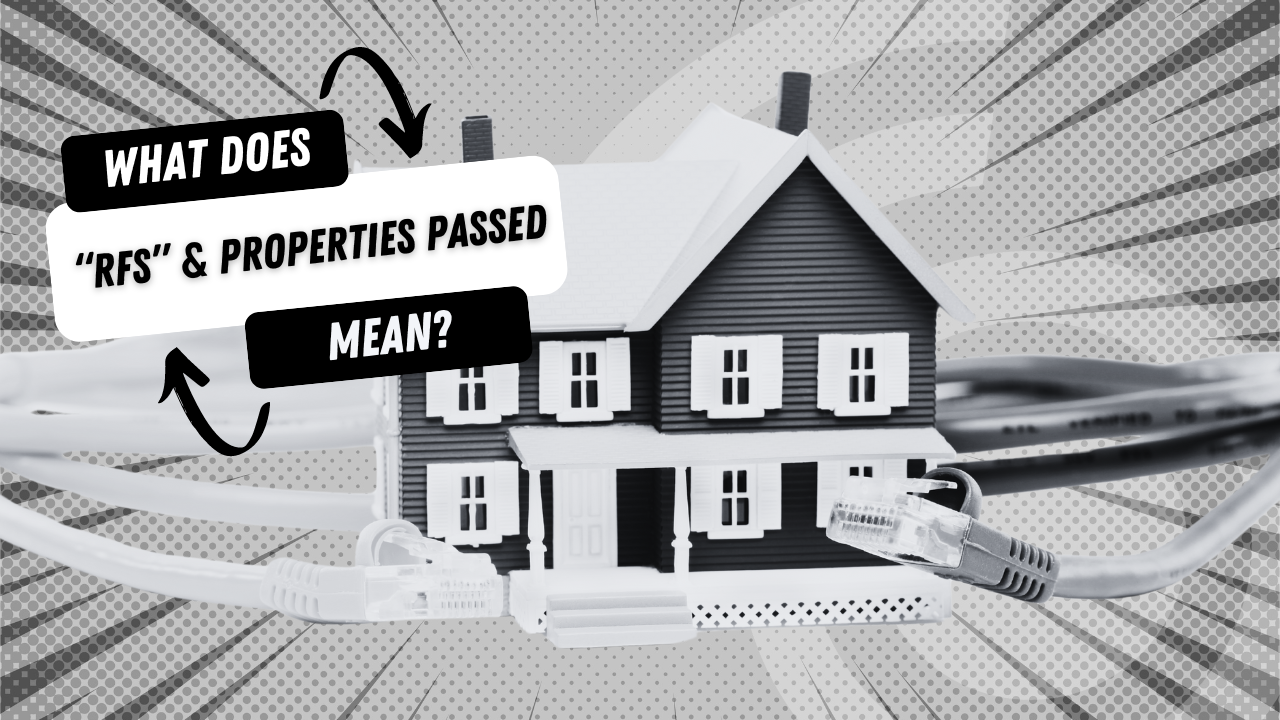“RFS,” or “Ready For Service,” is a term you’ll often hear in the world of full fibre broadband. We use the phrase almost daily in our news-based content. It means that the fibre infrastructure has almost reached a property. It hasn’t been installed to a home or business; it’s been brought “close by.”
When we talk about RFS, we’re looking at the completion of infrastructure installation to a specific area. This means all the physical elements, such as fibre optic cables, junction boxes, cabinets, and network equipment, are in place near a property but not terminated directly at an address.
Once the network has completed the physical work of laying fibre “close by,” they will test and integrate the new infrastructure into their core network, ready to activate a service.
Once an address is “RFS,” typically, that data is supplied to the network’s chosen ISPs or the network’s direct ISP brand (here’s an explainer on the different types of “altnets”). The ISPs (internet service providers) will then begin to market to those properties to inform them that a new full fibre service can be ordered.
Now, typically, depending on the network and their network type (open access/closed access), the RFS data will be labeled according to its stage in deployment.
The below is just an example but similar to what you could expect when working with a network:
RFS 1 – “Property Passed”: The cable’s nearby, not much else has happened: Customers can connect soon.
RFS 2 – “Passed and connected externally”: The cables are near and they’re physically connected to the main network: Customers can connect sooner.
RFS 3 – “Passed and connected externally & internally”: The cables are near, they’ve connected to the main network, plus internally (an engineer has completed the works in the data centre): Customers can place an order to connect.
RFS 0 – “Property part passed”: The cable’s nearby, but in order to terminate to individual homes, it will require an additional survey (this could be from a private road or MDU – multi-dwelling unit).
Once a consumer or business “orders” their new full fibre service, the “termination” of the fibre into the property can take place. This is the last piece of the puzzle to connect you to a full fibre product. The network will complete these works (here’s a link to some of CityFibre’s installation content to get an understanding of what to expect during a full fibre installation) and the ISP will be responsible for managing your connection (supporting and billing you for the service).
RFS is also a vital milestone for tracking progress in the rollout of full fibre broadband infrastructure. It helps stakeholders monitor developments and plan future expansions.
It’s also the most important piece of data for growing ISPs. Without “RFS” data, marketing campaigns would be incredibly difficult and wasteful from a resource point of view.
In essence, “Ready For Service” (RFS) marks a pivotal point in the deployment of full fibre broadband. It signifies that the infrastructure is fully operational and ready to provide high-speed internet services.


